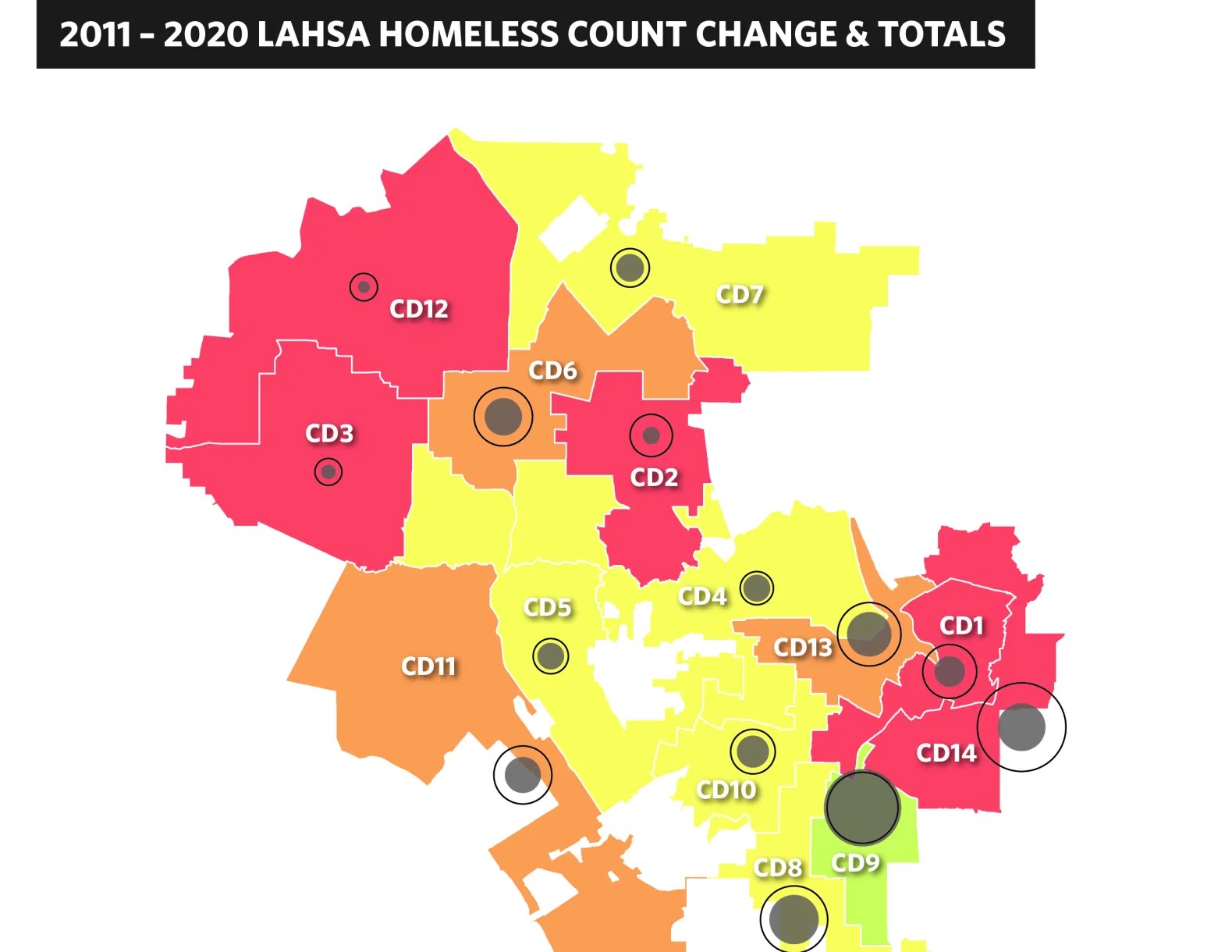For your reference, Los Angeles.

There are nearly 40 million residents in California, and 10 million of them reside within just the L.A. County region. Add to this that as of the most recent U.S. Census count, at least 49% of L.A. County residents were Latinx.
Source: Los Angeles County Economic Development Corporation
J.T.











